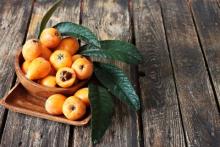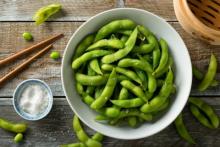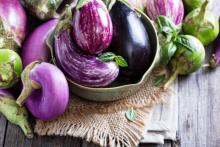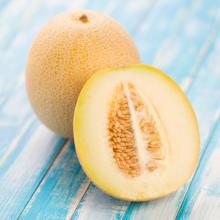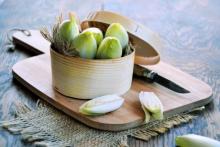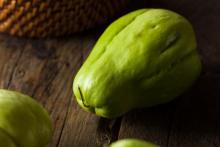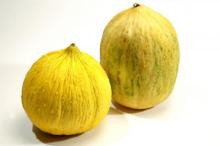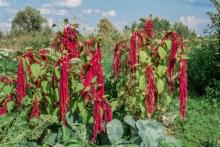Superfood 101: Loquat!
Loquat is a member of the family Rosaceae, commonly known as the Rose family of the genus Eriobotrya Lindl. or loquat P of the species Eriobotrya japonica (Thunb.) Lindl. or loquat P. The plant is native to southeast China. It was possibly introduced in Japan where it has been cultivated for more than 1,000 years.

